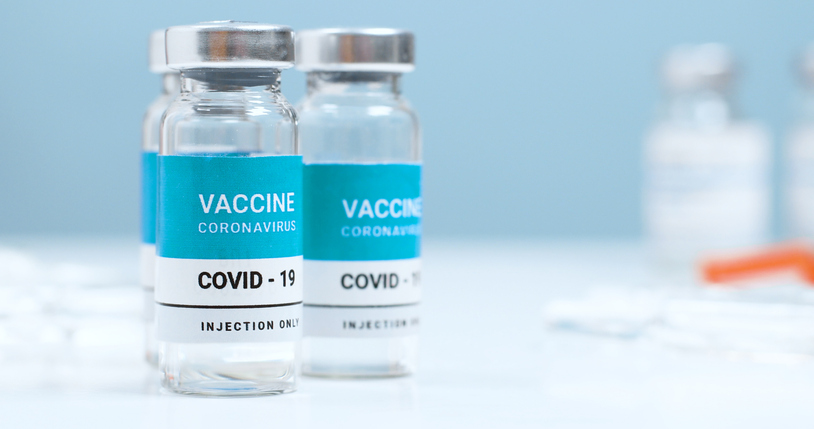Living with Chronic Pain
Do the Potential Side Effects of COVID-19 Vaccines Warrant Concern?

Two main types of COVID-19 vaccines are currently approved for use in the United States. Both types teach the immune system how to fight the virus that causes COVID-19.
- mRNA vaccines contain material from the virus that causes COVID-19. In response to this material, the body produces a protein that is unique to the virus. The body makes copies of this protein and destroys the genetic material from the vaccine. The immune system then uses these proteins to create cells that can fight the virus that causes COVID-19. mRNA vaccines require two shots which are given 21 to 28 days apart.
- Vector vaccines contain a modified virus that is different from the one that causes COVID-19. Material from the virus that causes COVID-19 is in the shell of the modified virus. This material is known as a “viral vector.” The body produces a protein in response to this viral vector, makes copies of the protein, and then uses the protein to create cells that can fight the virus that causes COVID-19.
General side effects
The most common side effects with either type of vaccine include:
- Pain, redness, or swelling in the arm at the injection site
- Fatigue
- Headache
- Chills
- Fever
- Muscle aches or joint pain
- Swollen lymph nodes
These side effects may affect the ability to participate in typical daily activities, but they should go away within one to two days. Some individuals experience minimal side effects or none at all. For individuals who receive an mRNA vaccine, symptoms may be worse after the second shot than after the first.
Applying a cool, wet cloth over the injection site can help relieve pain or discomfort. Over-the-counter medications such as acetaminophen or ibuprofen can help relieve pain and reduce fevers, but these medications should not be taken as a preventative measure before getting a vaccine.
Serious side effects
A serious side effect that can occur with either type of COVID-19 vaccine — or any vaccine in general — is a severe allergic reaction. Symptoms of a severe allergic reaction include difficulty breathing, swelling of the mouth or eyes, and redness, swelling, hives, or itching beyond the area of the injection site. These symptoms typically occur within four hours of receiving the vaccine. They are most likely to occur within the first 15 minutes, which is why individuals are monitored for 15 minutes after receiving the vaccine. A severe allergic reaction occurs in approximately 11 out of every 1 million vaccinations.
A serious side effect that can occur after receiving the vector vaccine is a rare but serious blood clotting disorder. This side effect is most common in women ages 18 to 49, occurring in approximately seven out of every 1 million vaccinated women. For women outside this age group and men of any age, the rate is even lower. Possible symptoms of this blood clotting disorder include the following:
- Severe headache or blurred vision
- Shortness of breath or chest pain
- Persistent stomach ache
- Leg swelling
- Easy bruising or tiny red spots on the skin beyond the injection site
These symptoms typically occur within three weeks of vaccination. While the U.S. Food and Drug Administration and Centers for Disease Control and Prevention paused administration of the vector vaccine for a short time to investigate, the pause has been lifted because the low risk does not outweigh the benefits of the vaccine.
Bottom line
Immediate medical attention should be sought if any signs of a serious side effect develop. A medical professional should be consulted if any side effects worsen or do not go away after a few days.
In general, the benefits of receiving a COVID-19 vaccine far outweigh the minimal risks and potential side effects. Vaccination prevents serious illness or death from COVID-19. Early data suggests that vaccination also prevents an individual from spreading the virus that causes COVID-19.



















